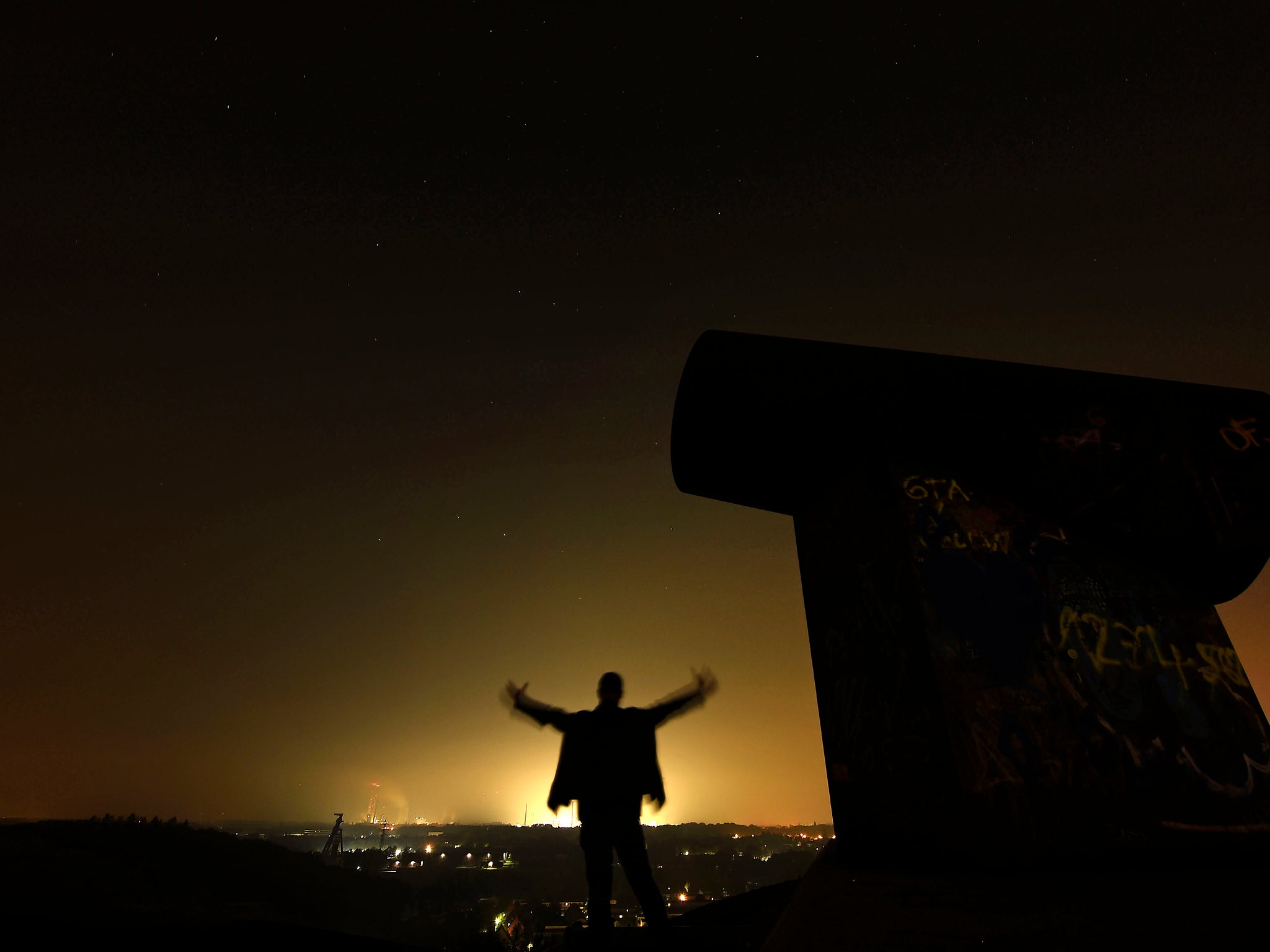Orionids meteor shower 2015: What time does it start and how can I watch the stunning celestial fireworks?
The moon will move out the way during the stunning, fiery events – though the weather might pose a problem

The sky is set to host one of its most stunning events of the year this week, as dust left behind by Halley’s comet slams into our atmosphere and creates celestial fireworks across the sky.
The Orionids will hit their peak on the night of 21 October, going into the morning of 22 October.
They should be visible around 9pm, when the area of the sky that they seem to shoot from will rise above the horizon. But they’ll be easier to see after the moon sets, at about midnight.
The best way to see the lights is to head out slightly before you intend to see it –giving your eyes 15 minutes or so to adjust to the dark. Heading away from light pollution – into the countryside, for instance, or just out of town – will mean that the lights in the sky will appear brighter.
Halley’s Comet itself hasn’t been seen since 1986. But around this time every year, the Earth travels through a part of space that is full of debris from the rock, producing a spectacular lightshow.
They appear to shoot out of the constellation Orion, from which they take their name.
But Nasa has warned that the view might not be so good this year.
"The Orionids will probably show weaker activity than usual this year,” Bill Cooke of the NASA Meteoroid Environments Office at Marshall Space Flight Center said in a statement. “Bits of comet dust hitting the atmosphere will probably give us about a dozen meteors per hour."
And cloud cover might be a little thick, meaning that the already faint lights of the meteor shower could be obscured.

But Nasa points out that the view is likely to be stunning even if there are fewer meteors visible – the moon is in such a position that it will be mostly out of the way, so what meteors there are should be easier to spot.
And even if you miss the meteors themselves, they’ll be framed by a beautiful set of stars and planets, including the “Dog Star” Sirius, constellations like Orion itself as well as Jupiter and Venus. “Even if the shower is a dud, the rest of the sky is dynamite,” Nasa said.
If you miss the show entirely – or are already looking forward to the next – then the Leonids meteor shower is expected to peak around 18 November.
Join our commenting forum
Join thought-provoking conversations, follow other Independent readers and see their replies
Comments
Bookmark popover
Removed from bookmarks